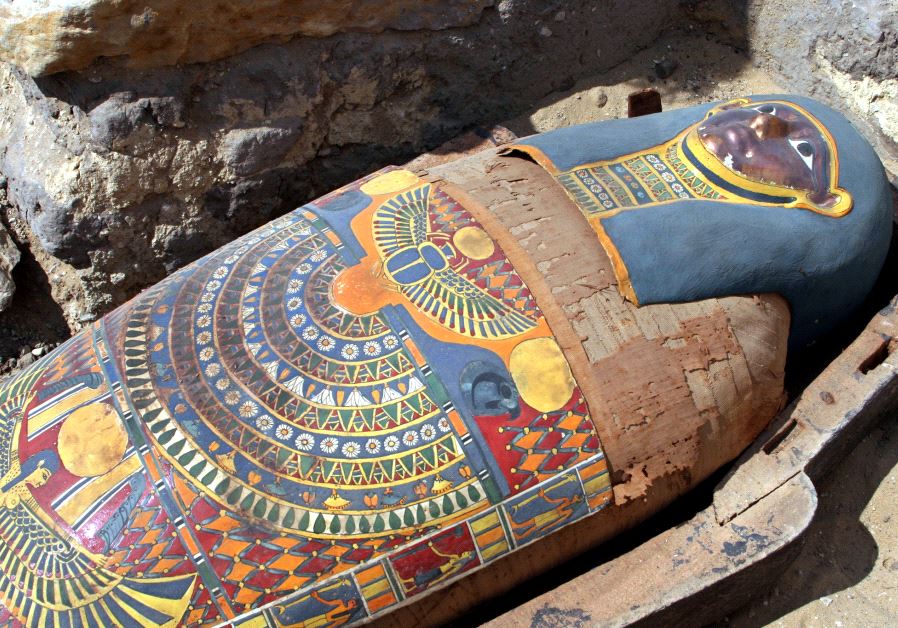Voice of mummified ancient Egyptian priest brought back to life
According to the academics, the priest's "expressed wish" was for his voice to carry on into the afterlife.
 A 2,300-year old mummy is displayed after it was found by the Sakkara pyramids south of Cairo, May 3, 2005
A 2,300-year old mummy is displayed after it was found by the Sakkara pyramids south of Cairo, May 3, 2005